Around here, eating fruit isn’t always just about eating fruit. Following my last bite of this Macoun apple I’m eating, I flick out the seeds with a paring knife into a cup. Same goes for pears and their seeds. Early in summer, I spit out Nanking cherry seeds into a waiting vessel. All these seeds are for planting,
Seeds of these cold hardy plants won’t sprout as soon as they hit moist, warm dirt. If they did, the young seedlings would be snuffed out by winter cold. It is after a period of exposure to cool, moist conditions that they — thinking winter over — sprout. Seeds in dropping fruits, of course, enjoy this experience naturally and poke up through the ground first thing next spring,
Wanting to keep a close eye on my seedlings, I plant them in pots and seed flats rather than let them do what they would do naturally. After I had collected the seeds, I kept them dry, and now am ready to plant
them. This week I am sowing the seeds in potting soil in flats and in pots. Once given a good watering, the seed flats and pots get covered with a pane of glass to hold in moisture. Tucked against the north wall of my house, the seeds will sprout in spring,
Sometimes I cozy such seeds into plastic bags of moist potting soil in the refrigerator. The problem is that the seeds then sprout in the bags in midwinter. Cool, not cold, temperatures are what fool the seeds into behaving as if winter’s over. About 1,000 hours, depending on the species and variety of plant, usually does the trick. In the refrigerator, temperatures are always cool; outdoors, only sometimes, and there, it’s not until late winter that the required 1,000 hours of cool temperatures have been fulfilled. It’s hard to provide ample light for an enthusiastic seedling growing in midwinter,
———————————————
Unless a plant self-pollinates and has been grown in isolation, with desirable plants selected each generation for many generations, seedlings are unlike their parents. So none of the fruits on the seedlings that grow from the seeds taken from Macoun, Golden Delicious, Liberty, Bosc, Maxine, and Clapp’s Favorite apples and pears will match the parents; they will most likely be inferior,
No problem; these seedlings are for rootstocks on which to graft stems of good-tasting varieties of apples and pears. Rootstocks are ready to graft after growing for one season,
Nanking cherries are an exception; no varieties are available. The seedlings, which show some variation, are all good-tasting, so no need anyway to graft,
———————————————-
Another batch of seeds I’m sowing is of more tropical-like plants: passionfruit and hardy orange. I write
“tropical-like” because the passionfruit I’m planting is maypop (Passiflora incarnata) and the hardy orange is Poncirus trifoliata. Both should survive winter cold here. Both are also northern members of tropical or subtropical families, and their seed behavior reflects their tropical “roots.”
Hardy orange seeds, like citrus seeds, lose their viability if allowed to dry out. Things are not so clearcut with the best way to grow maypop from seed. I sowed the seeds as soon as I removed the delectable, gel coating each seed (by eating it),
——————————————–
Hardy orange is a nice ornamental plant; my hardy orange is the variety Flying Dragon, which is a spectacular ornamental plant,
In contrast to apple and pear seedlings, hardy orange seedlings often resemble their moms. Seeds of hardy orange, like those of citrus, look like any old seeds that result from the union of male pollen with
female eggs. In fact, many are apomyctic, that is, derived solely from mother plant tissue. No jumbling around of chromosomes to produce variable seedlings here. Apomyctic seedlings are clones, Flying Dragon in the case of my hardy orange seedlings,
A citrus or hardy orange fruit yields some apomyctic and some sexual seedlings, about 50% of each in the case of hardy orange,
As I admired Flying Dragon over the past few months, one way or another I had to make more plants. Cuttings taken a few months ago weren’t rooting and although the plant flowered, no fruits were evident. Then, last week, as leaves dropped from my plant — hardy orange parts ways with real oranges in being deciduous — I caught sight of a single orange orb perched on a stem. One fruit is plenty because they are very seedy. That single fruit, smaller than a golf ball, yielded 20 seeds,
I didn’t eat any of that Flying Dragon fruit. A bit of juice from hardy orange adds a citrus-y tang to a recipe but the fruit itself is too robust and bitter for eating straight up,



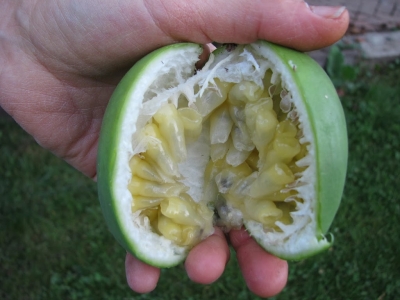


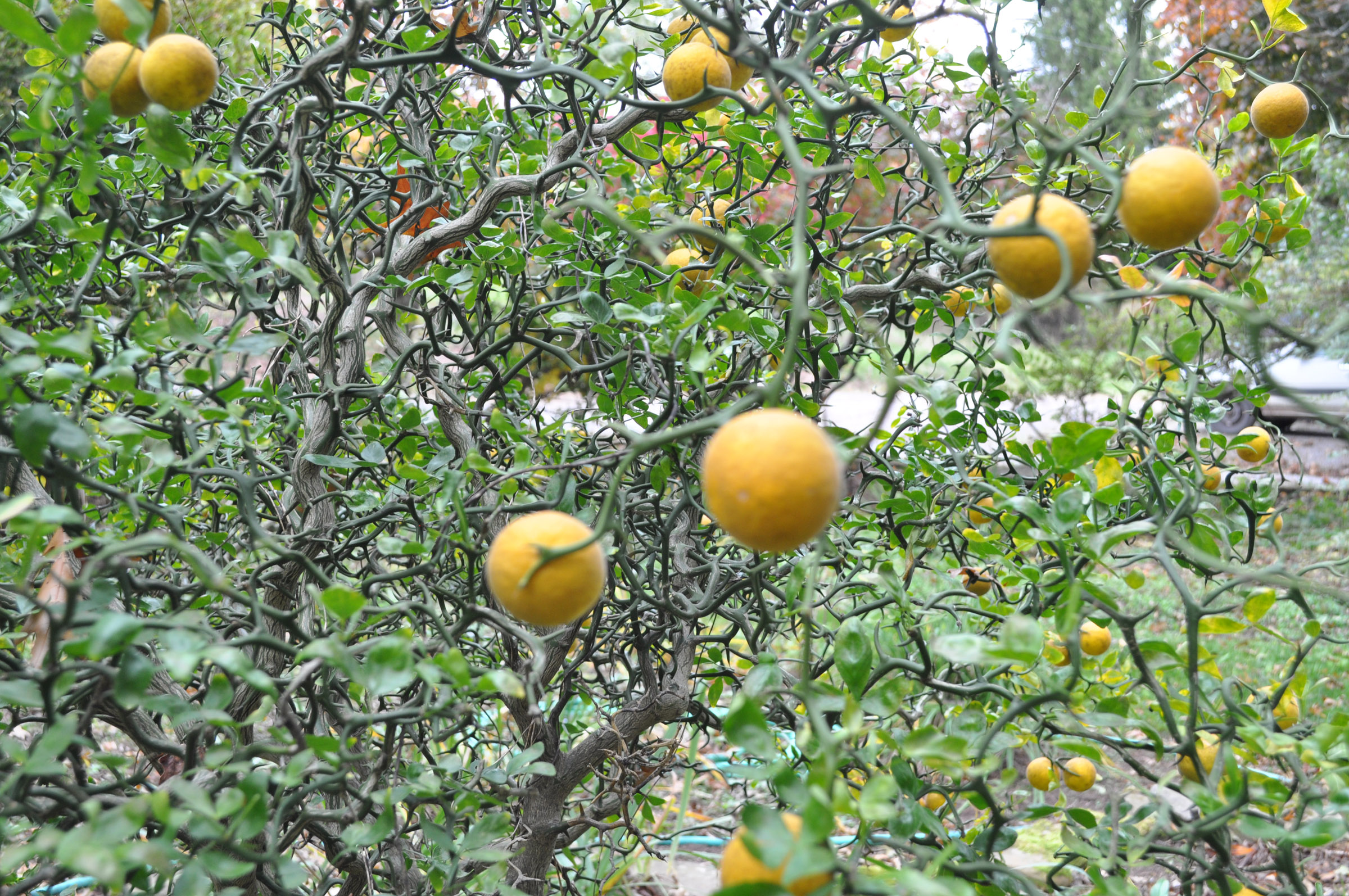
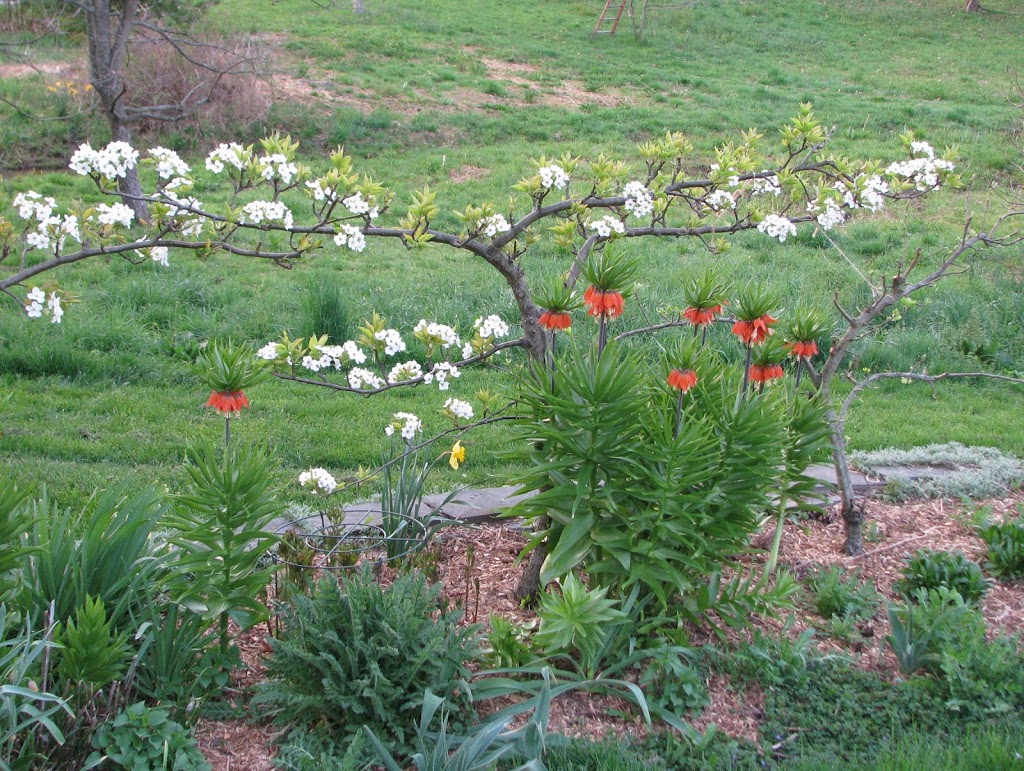
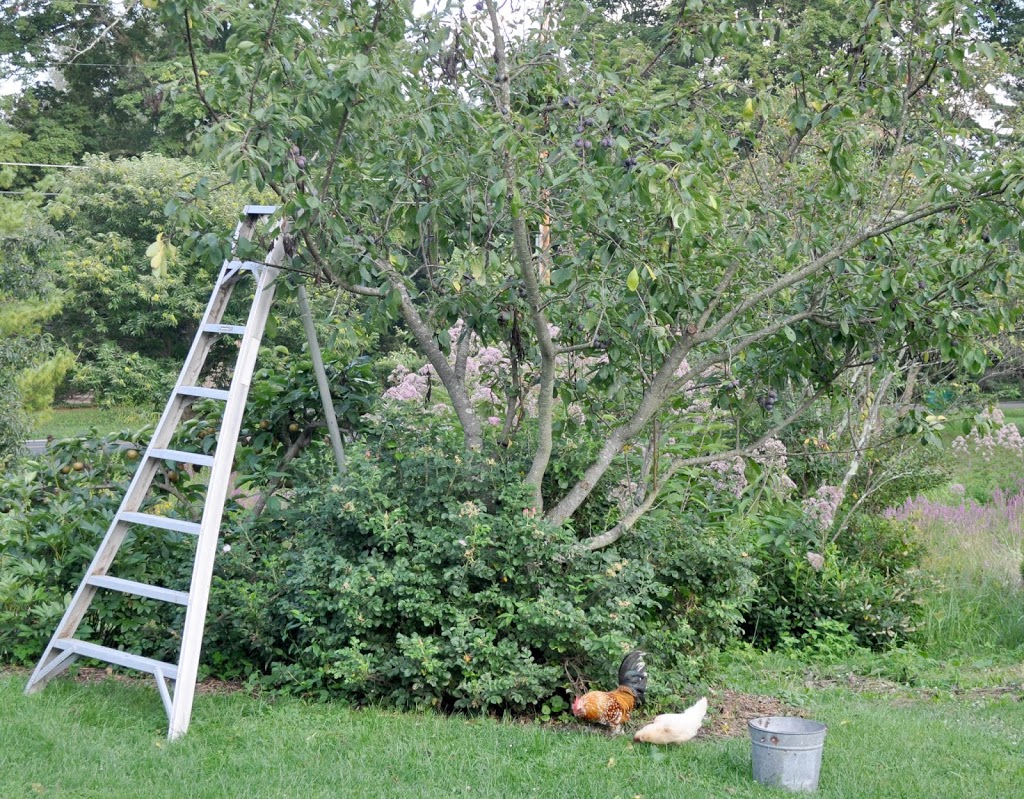

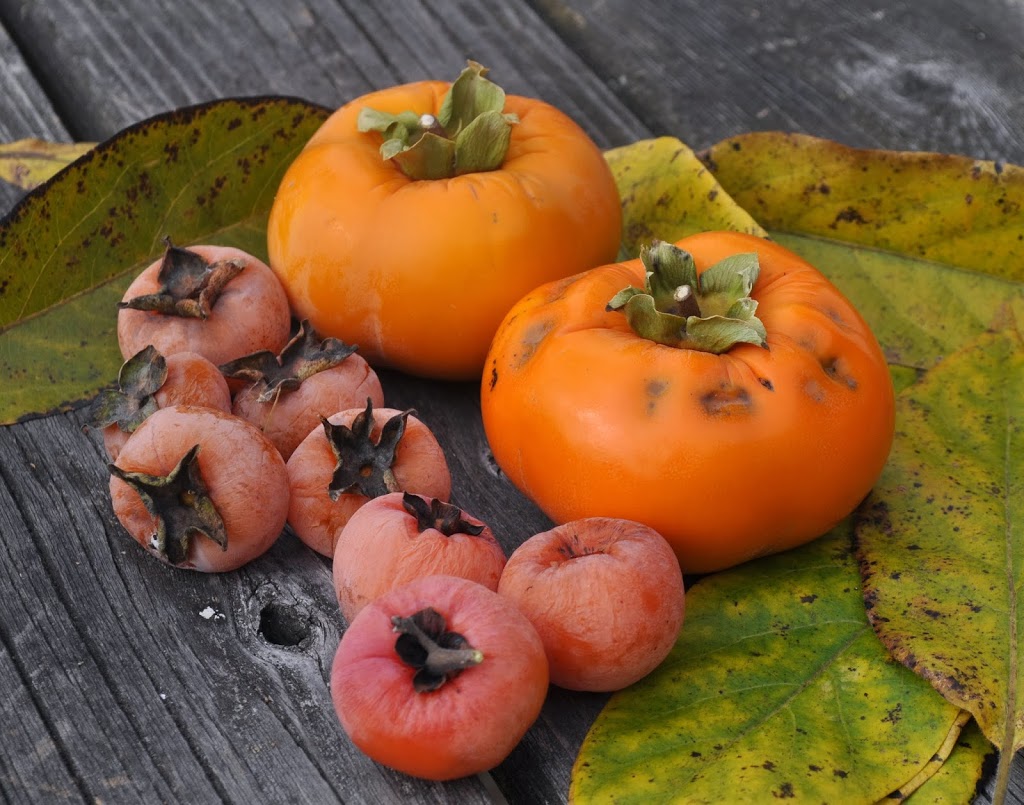

Leave a Reply
Want to join the discussion?Feel free to contribute!